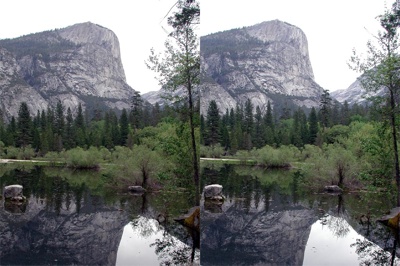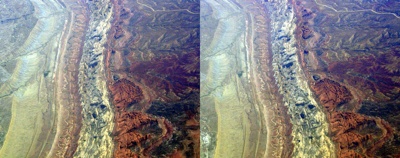 Creepy
Creepy  Creepy
Creepy  Movies and TV
Movies and TV 10 TV Show Plot Twists Nobody Saw Coming
 Animals
Animals 10 Wild Facts You Might Not Know About Sharks
 Movies and TV
Movies and TV 10 Classic TV Shows That Got a Second Life on Streaming Platforms
 Movies and TV
Movies and TV 10 Disaster Movies That Actually Get Some Science Right
 Music
Music 10 Legendary Bands Who Survived Tragedy and Continued Making Music
 Movies and TV
Movies and TV 10 Korean Movies That Prove South Korea Is a Cinema Powerhouse
 Creepy
Creepy 10 Disturbing Things Heard on Cockpit Voice Recorders
 Weird Stuff
Weird Stuff 10 Superstitions People Actually Believe Are Real Facts
 Movies and TV
Movies and TV 10 TV Show Characters Who Carried The Entire Series on Their Backs
 Creepy
Creepy 10 Unsettling Encounters to Make You Reconsider Entering the Woods
 Movies and TV
Movies and TV 10 TV Show Plot Twists Nobody Saw Coming
 Animals
Animals 10 Wild Facts You Might Not Know About Sharks
Who's Behind Listverse?

Jamie Frater
Head Editor
Jamie founded Listverse due to an insatiable desire to share fascinating, obscure, and bizarre facts. He has been a guest speaker on numerous national radio and television stations and is a five time published author.
More About Us Movies and TV
Movies and TV 10 Classic TV Shows That Got a Second Life on Streaming Platforms
 Movies and TV
Movies and TV 10 Disaster Movies That Actually Get Some Science Right
 Music
Music 10 Legendary Bands Who Survived Tragedy and Continued Making Music
 Movies and TV
Movies and TV 10 Korean Movies That Prove South Korea Is a Cinema Powerhouse
 Creepy
Creepy 10 Disturbing Things Heard on Cockpit Voice Recorders
 Weird Stuff
Weird Stuff 10 Superstitions People Actually Believe Are Real Facts
 Movies and TV
Movies and TV 10 TV Show Characters Who Carried The Entire Series on Their Backs
Top 10 Amazing Stereo Images
When you view 3d images in a viewer or with 3D glasses the optics of the viewer (or glasses) allow the left eye to see only the image intended for the left eye and the right only the image intended for it. With freeviewing both left and right images are always visible so you need to learn to point each eye at the correct image.
There are two methods of viewing for these images – the first is called Parallel viewing:
In parallel viewing the image for the left eye is on the left and the image for the right eye is on the right. You stare into the screen so that your eyes are aimed (more or less) parallel. As you stare into the screen you will get double vision as each eye sees the L & R images separately. When you are staring in at the right distance the middle two images will overlap and become 3d. The outer two images will remain and will still be 2d.
The second method is cross-viewing:
In cross eye viewing the image for the left eye is on the right and the image for the right eye is on the left. You stare at a point about 1/2 way to the screen so that your eye’s gaze is crossing at the half way point. Thus the left eye sees the correct image which is on the right. As you cross your eyes the image will go double. When your eyes are crossed the correct amount the middle images will overlap and be in 3d. The two outer images will remain and will be in 2d. [Source – go here for additional help viewing these images.]
On to the images! Click each image for a full size view and be sure to tell us what you think in the comments. Finally, many thanks to Denashi who suggested this list in the forums.
10. Fluorite
9. Mountains
8. English Cathedral
7. Lake Palanskoye
6. Countryside
5. Mount St Helens
4. Clouds
3. Lisbon, Portugal
2. Aerial View
1. Boston, USA
All images are copyright (c) their respective owners


















